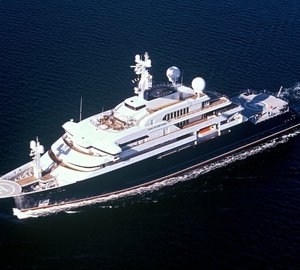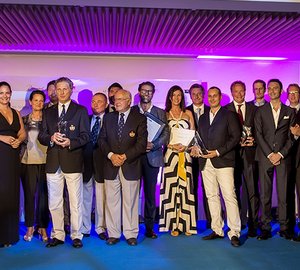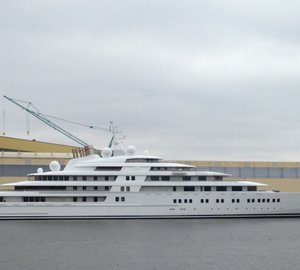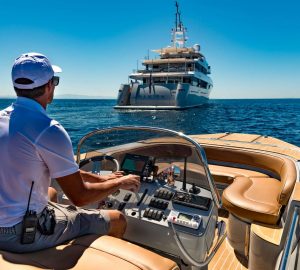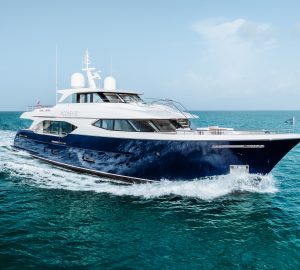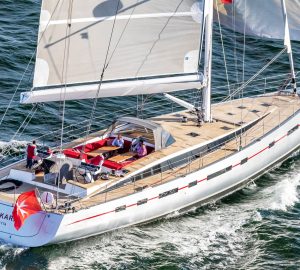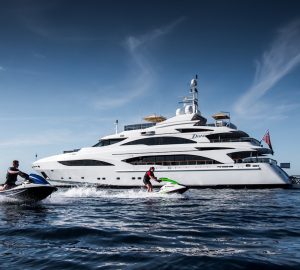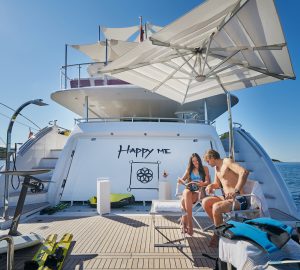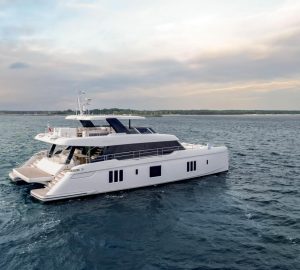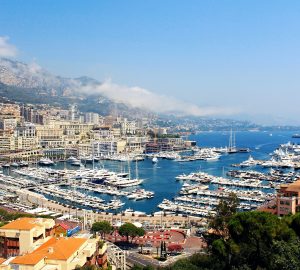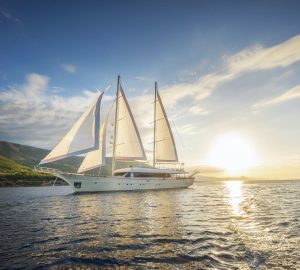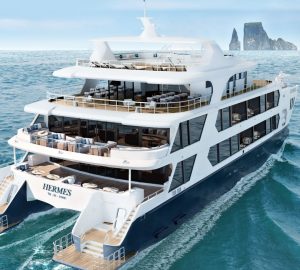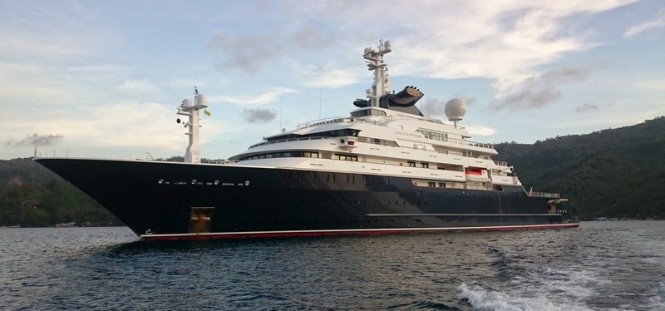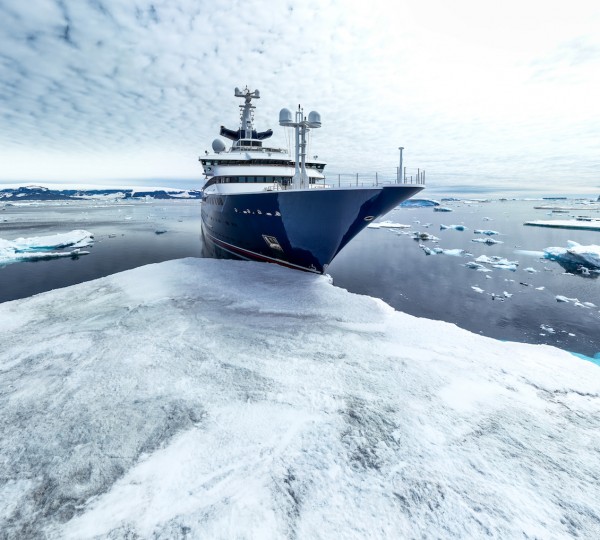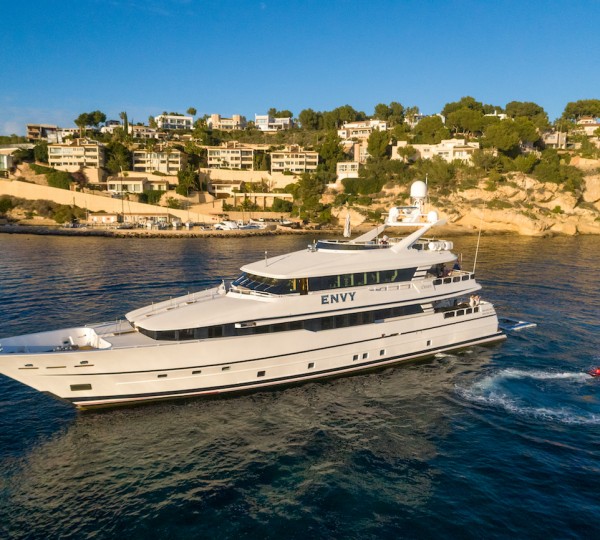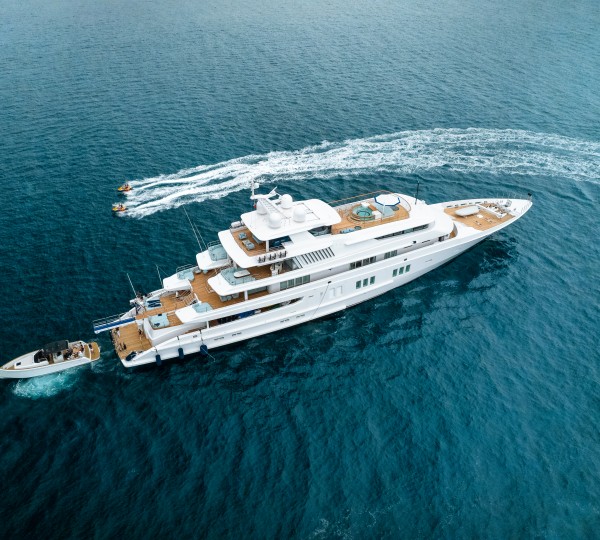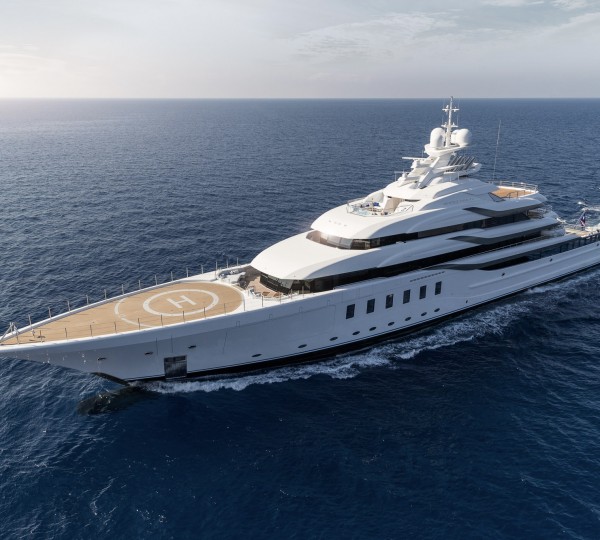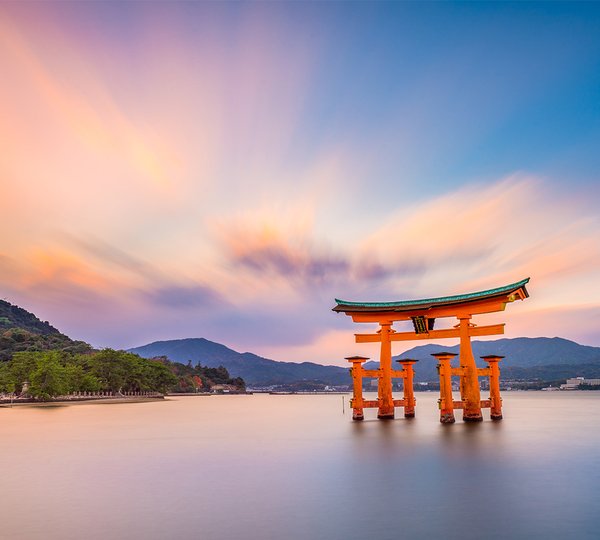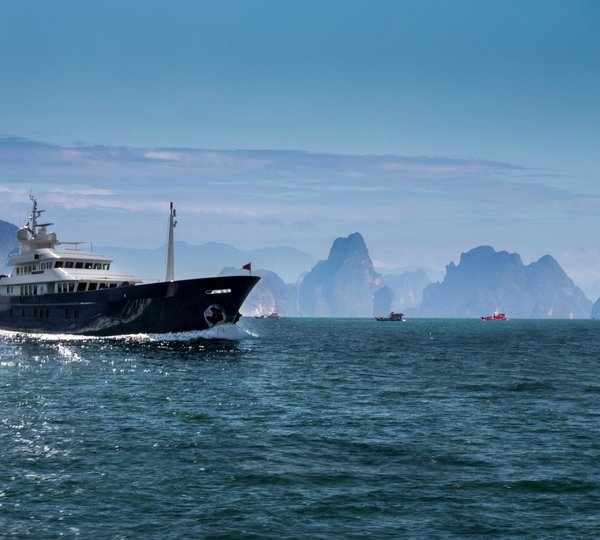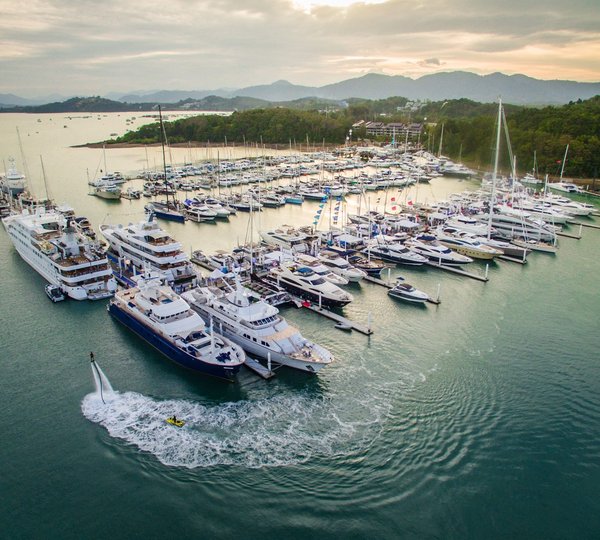Built by Lurssen to a design by Espen Oeino in 2003, motor yacht Octopus has recently made history with one of the most important WW2 discoveries in recent history. Boasting the state-of-the-art equipment, the 126-metre mega yacht Octopus found the wreck of Japan’s biggest warship Musashi in the northern Philippines.
Asia Pacific Superyachts Philippines was proud to provide logistical and shore support for the mission which was challenging on many fronts. APS Philippines representative Richard Lofthouse said of the find, “We are thrilled to be able to provide support for the vessel on this mission. There were plenty of logistics involved and our team was tested to the limit; but we were able to meet the challenges. APS Philippines is a relatively new operation so this was a big task. We are thrilled to be part of it and the result is a reflection on the professionalism of the ship and the ground support.”
Microsoft co-founder, Paul Allen, staged a live-stream tour of the sunken Japanese battleship as reported by CBS Tokyo which includes a video of “Underwater exploration of the Musashi wreck”. It was further reported debris scattered over a large area at the bottom of the sea in the Philippines indicate that the massive Japanese World War II battleship Musashi was blown into pieces in an undersea explosion 70 years ago.
Experts from a research team analyzing a live feed from an unmanned underwater probe Friday said they believe the Musashi suffered at least one explosion while descending in the 3,280.84-foot deep sea. Except for an initial series of partial photos and images of the ship, Friday’s more than 2 ½ hour feed was the first detailed imagery showing the current status of the ship.
“The Musashi sank in October 1944 in the Sibuyan Sea during the battle of Leyte, losing half of its 2,400 crew. It was last seen disappearing into the water in one piece. The wreck is actually very damaged,” said David Mearns, a marine scientist on the Musashi research team. “It appears she suffered at least one, if not two, magazine explosions which would have sheered off the bow and the stern, and its entire middle section of its super-structure.”
The research team, sponsored by Microsoft co-founder and entrepreneur Paul Allen, was the first to successfully locate the ship, just ahead of the 70th anniversary of the war’s end later this year.


